Chinese cabbage, also known as Brassica rapa subspecies pekinensis, is a leafy vegetable celebrated for its mild flavor, crisp texture, and exceptional nutritional profile. Packed with vitamins, minerals, fiber, and antioxidants, it is a staple in cuisines worldwide. However, the way you prepare this vegetable can significantly impact its nutrient retention. This article explores the science-backed cooking methods that preserve or enhance the nutritional value of Chinese cabbage, ensuring you reap its full health benefits.
The Nutritional Powerhouse: What Makes Chinese Cabbage Special?
Before diving into cooking techniques, it’s essential to understand why Chinese cabbage deserves a place in your diet. A 100-gram serving provides:

- Vitamin C: 45% of the Daily Value (DV), crucial for immune function and skin health.
- Vitamin K: 70% of the DV, vital for blood clotting and bone metabolism.
- Folate: 10% of the DV, supporting DNA synthesis and fetal development.
- Fiber: 2.5 grams, aiding digestion and promoting satiety.
- Antioxidants: Beta-carotene, lutein, and zeaxanthin, which combat oxidative stress.
Additionally, Chinese cabbage is low in calories (13 kcal per serving) and contains calcium, potassium, and magnesium. The challenge lies in retaining these nutrients during cooking, as heat, water, and exposure to air can degrade them.
Steaming: The Gentle Giant of Nutrient Preservation
Steaming is often hailed as the gold standard for cooking vegetables, and Chinese cabbage is no exception. This method uses moist heat to cook food without submerging it in water, minimizing nutrient loss.
How to Steam Chinese Cabbage:
- Preparation: Rinse the leaves under cold water and pat dry. Trim the base if tough.
- Setup: Use a steamer basket over boiling water. Ensure the water does not touch the basket.
- Cooking Time: Steam for 5–7 minutes until tender-crisp. Overcooking can lead to mushy texture and nutrient degradation.
- Seasoning: Toss with a drizzle of olive oil, lemon juice, and a pinch of sea salt to enhance flavor without adding excess calories.
Nutritional Benefits:
- Vitamin Retention: Steaming preserves up to 90% of vitamin C and folate, as these water-soluble vitamins are not leached into cooking liquid.
- Enzyme Preservation: Heat-sensitive enzymes, such as myrosinase (which activates cancer-fighting compounds called isothiocyanates), remain intact when steaming time is controlled.
- Fiber Integrity: The structural integrity of cellulose and hemicellulose fibers is maintained, supporting gut health.
Pro Tip: Save the steaming water! It contains leached nutrients and can be used as a base for soups or sauces.
Stir-Frying: Quick and Nutrient-Rich
Stir-frying involves cooking small, uniform pieces of Chinese cabbage over high heat with minimal oil. This method retains nutrients while adding depth of flavor.
How to Stir-Fry Chinese Cabbage:
- Preparation: Slice the cabbage into thin strips. Use a neutral oil with a high smoke point, such as avocado or peanut oil.
- Heat: Preheat the pan until smoking hot. Add oil, then garlic or ginger for aroma.
- Cooking Time: Stir-fry for 2–3 minutes, tossing constantly. The leaves should wilt but retain their vibrant green color.
- Flavor Boost: Finish with a splash of soy sauce, sesame oil, or a sprinkle of toasted sesame seeds.
Nutritional Benefits:
- Vitamin C Retention: High heat and short cooking time reduce vitamin C loss compared to boiling.
- Fat-Soluble Vitamin Absorption: Adding a small amount of oil enhances the absorption of fat-soluble vitamins like A and K.
- Antioxidant Stability: The rapid cooking process preserves chlorophyll and antioxidants, which degrade with prolonged heat exposure.
Pro Tip: Avoid overcrowding the pan, as this lowers the cooking temperature and increases nutrient loss.
Boiling: Proceed with Caution
Boiling is a common method, but it poses risks to nutrient retention due to water-soluble vitamin leaching. However, strategic adjustments can mitigate losses.
How to Boil Chinese Cabbage:
- Preparation: Chop the cabbage into large chunks. Use a minimal amount of water—enough to cover the vegetables.
- Cooking Time: Boil for 3–4 minutes. Immediately drain and rinse under cold water to halt cooking.
- Nutrient Recovery: Reserve the cooking water for soups or sauces.
Nutritional Benefits:
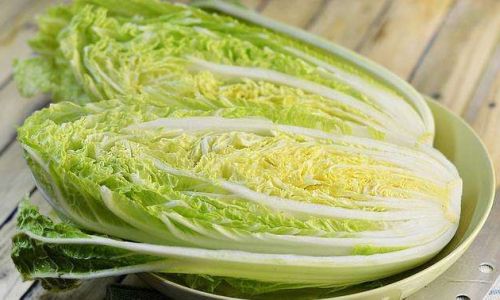
- Vitamin B Retention: Boiling can preserve some B vitamins if the cooking water is consumed.
- Soft Texture: Ideal for purées or dishes requiring tender cabbage, such as stuffed rolls.
Drawbacks:
- Vitamin C Loss: Up to 50% of vitamin C can leach into boiling water.
- Mineral Reduction: Potassium and magnesium levels may decrease by 20–30%.
Pro Tip: Limit boiling time and use the cooking liquid to reclaim nutrients.
Fermenting: Unlocking Probiotics and Preservation
Fermentation, such as in kimchi or sauerkraut, transforms Chinese cabbage into a nutrient-dense, probiotic-rich food.
How to Ferment Chinese Cabbage (Kimchi-Style):
- Preparation: Shred the cabbage and massage with salt to draw out moisture.
- Flavoring: Mix with garlic, ginger, chili flakes, and fish sauce (optional).
- Fermentation: Pack into airtight jars and leave at room temperature for 3–7 days. Burp the jars daily to release gas.
- Storage: Refrigerate to slow fermentation.
Nutritional Benefits:
- Probiotics: Lactobacillus bacteria support gut health and immunity.
- Bioavailability: Fermentation breaks down compounds like glucosinolates into isothiocyanates, enhancing their absorption.
- Vitamin B12: If fermented with seafood, kimchi becomes a rare plant-based source of this nutrient.
Pro Tip: Use unrefined sea salt to retain minerals and avoid anti-caking agents.
Raw Consumption: Cruciferous Crunch
Eating Chinese cabbage raw maximizes enzyme and vitamin C content but may cause digestive discomfort for some.
How to Enjoy Raw Chinese Cabbage:
- Salads: Shred the leaves and toss with carrots, cucumbers, and a vinaigrette.
- Slaws: Marinate in apple cider vinegar, honey, and olive oil for 15 minutes to soften fibers.
- Wraps: Use large leaves as low-carb tortillas for fillings like grilled chicken or avocado.
Nutritional Benefits:
- Enzyme Activity: Raw cabbage contains active myrosinase, which aids in producing cancer-fighting compounds.
- Vitamin C: 100% retention compared to cooked varieties.
Caution: Raw cruciferous vegetables contain goitrogens, which may interfere with thyroid function in sensitive individuals. Cooking deactivates these compounds.
Roasting or Grilling: Caramelization Meets Nutrition
Roasting or grilling Chinese cabbage adds smoky flavor while preserving nutrients when done correctly.
How to Roast Chinese Cabbage:
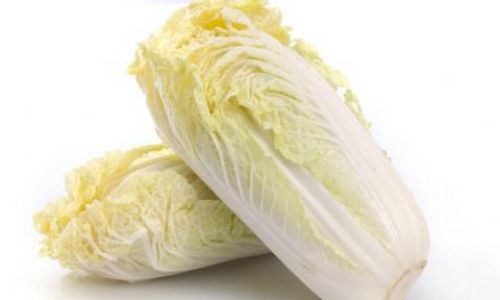
- Preparation: Slice the cabbage into wedges. Brush with olive oil and season with paprika, cumin, or rosemary.
- Roasting: Bake at 400°F (200°C) for 15–20 minutes, flipping halfway.
- Grilling: Place wedges on a preheated grill for 3–4 minutes per side until charred.
Nutritional Benefits:
- Carotenoid Absorption: Heat breaks down plant cell walls, making beta-carotene more bioavailable.
- Fiber Preservation: Roasting dehydrates the cabbage slightly, concentrating fiber content.
Pro Tip: Avoid burning, as charred areas may form harmful acrylamide.
Microwaving: Speed Without Sacrifice
Microwaving is a quick, low-water method that retains nutrients effectively.
How to Microwave Chinese Cabbage:
- Preparation: Place chopped cabbage in a microwave-safe bowl with 2 tablespoons of water.
- Cooking Time: Microwave on high for 2–3 minutes. Let stand for 1 minute before serving.
Nutritional Benefits:
- Vitamin Retention: Studies show minimal vitamin C loss compared to boiling.
- Energy Efficiency: Ideal for busy schedules.
Pro Tip: Use a lid to trap steam and ensure even cooking.
Storage Tips to Maintain Freshness and Nutrients
Proper storage is as critical as cooking method. Follow these guidelines:
- Refrigeration: Store whole cabbage in a plastic bag in the crisper drawer for up to 2 weeks.
- Avoid Washing Until Use: Excess moisture accelerates spoilage.
- Freezing: Blanch chopped cabbage for 1 minute, then freeze in airtight bags for up to 6 months.
Pairing Chinese Cabbage for Enhanced Nutrition
Combine it with ingredients that boost nutrient absorption:
- Healthy Fats: Avocado, nuts, or olive oil increase uptake of fat-soluble vitamins.
- Iron-Rich Foods: Pair with lentils or tofu to enhance non-heme iron absorption.
- Vitamin C: Squeeze lemon over meals to protect vitamins from heat degradation.
Conclusion: The Optimal Approach
No single cooking method is universally superior, but steaming and stir-frying emerge as top choices for nutrient retention. Fermentation offers probiotics, while raw consumption maximizes enzymes. To diversify benefits, alternate methods based on your meal’s requirements.
Ultimately, the healthiest way to eat Chinese cabbage is the one you enjoy most—consistency trumps perfection. By understanding how each technique affects nutrients, you can make informed choices that align with your health goals. Whether steamed, stir-fried, or fermented, this versatile vegetable remains a cornerstone of wholesome nutrition.
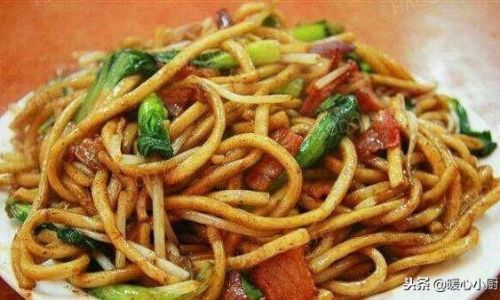

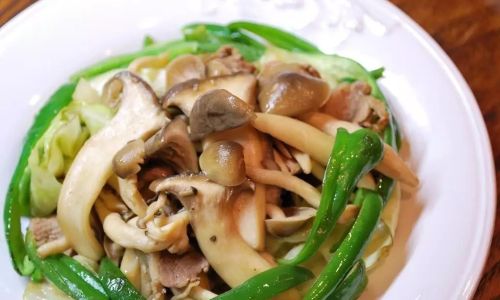
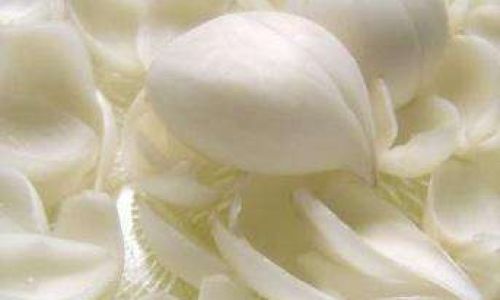
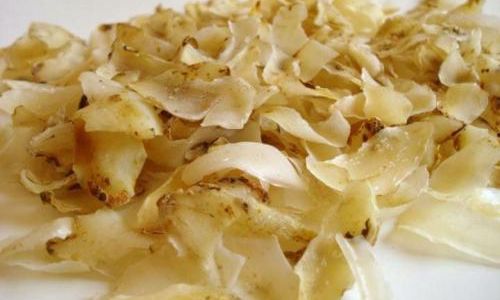
0 comments